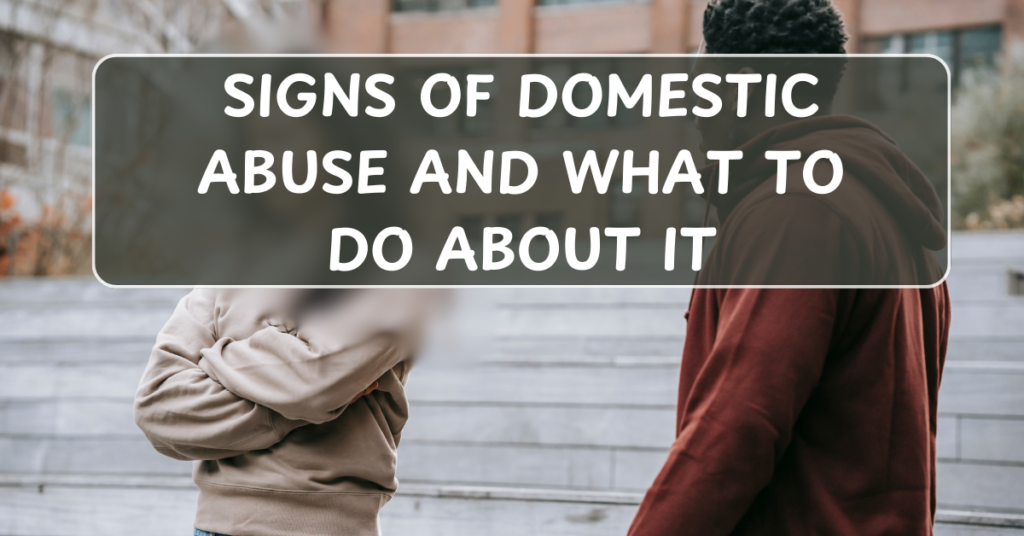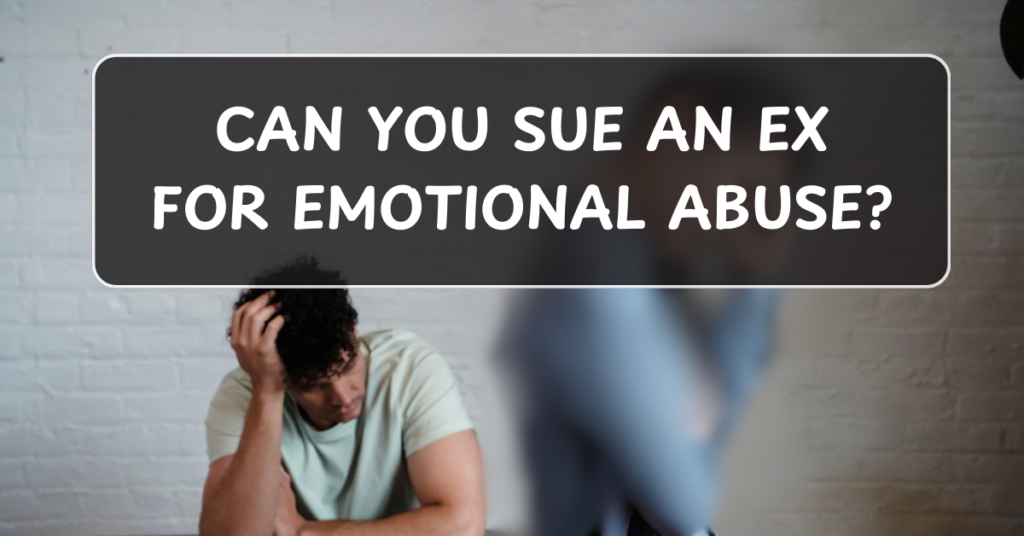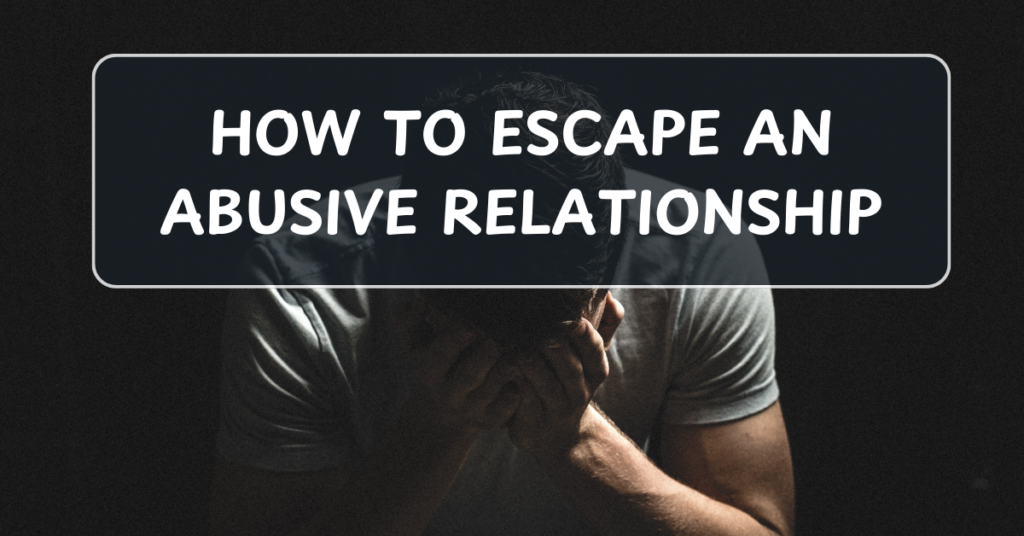
Domestic abuse is a pervasive issue that affects millions of people worldwide, and it can happen to anyone—regardless of age, gender, or socioeconomic status. Often, abuse doesn’t start with overt violence but may escalate over time, making it harder for victims to recognize the signs. Understanding the signs of domestic abuse and knowing what to do about it are crucial steps in protecting yourself or someone you care about. In this post, we’ll explore the signs of domestic abuse and offer guidance on how to respond effectively.
What is Domestic Abuse?
Domestic abuse refers to a pattern of behavior used by one person to gain or maintain power and control over another person in an intimate relationship. It can take many forms, including physical, emotional, sexual, financial, and psychological abuse. While physical violence is often the most visible form, emotional and psychological abuse can be just as damaging, and sometimes even harder to recognize.
Signs of Domestic Abuse
Recognizing the signs of domestic abuse early on can make a big difference in preventing further harm. Here are some common indicators of abuse:
1. Physical Abuse
- Signs: Unexplained bruises, cuts, burns, or other injuries; frequent visits to the doctor for injuries; wearing clothing to cover injuries, even in warm weather.
- What it might indicate: Physical abuse may include hitting, slapping, punching, kicking, choking, or using weapons. Victims often try to hide their injuries for fear of retaliation.
2. Emotional and Psychological Abuse
- Signs: The person may seem anxious, fearful, or “walking on eggshells” around their partner; they may avoid making decisions or expressing opinions; they may appear excessively isolated or withdrawn.
- What it might indicate: Emotional abuse includes behaviors like constant criticism, name-calling, humiliation, threatening harm, controlling behavior, or gaslighting (making the victim question their reality).
3. Sexual Abuse
- Signs: Unexplained injuries in the genital area, difficulty walking or sitting, withdrawal from physical intimacy, anxiety or fear surrounding sexual activity.
- What it might indicate: Sexual abuse includes forcing, coercing, or manipulating someone into sexual acts against their will. This can involve physical violence, threats, or manipulation.
4. Financial Abuse
- Signs: The person may not have control over their own money or finances; they may not have access to their bank accounts or may be given an allowance. They may seem to have a limited understanding of their financial situation.
- What it might indicate: Financial abuse involves controlling access to money, preventing the victim from working, and limiting their financial independence. This can leave victims financially dependent and trapped in the relationship.
5. Isolation from Friends and Family
- Signs: The victim may become increasingly isolated, avoiding social gatherings, not returning calls, or making excuses for not seeing friends and family. The abuser may discourage or prevent the victim from seeing loved ones.
- What it might indicate: Abusers often try to isolate their victims in order to control them more easily. They may belittle or undermine the importance of relationships with friends and family, making the victim feel alone and unsupported.
6. Controlling Behavior
- Signs: Constantly checking in on the victim, controlling where they go, who they see, or what they do. The abuser may track the victim’s movements through phone apps or require constant updates on their whereabouts.
- What it might indicate: This behavior is a sign of the abuser’s need to control every aspect of the victim’s life. It can escalate over time, leading to an extreme lack of personal freedom.
7. Verbal Abuse
- Signs: The victim may appear embarrassed, humiliated, or overly apologetic. They may frequently downplay or make excuses for their partner’s hurtful words or behavior.
- What it might indicate: Verbal abuse can involve yelling, insulting, threatening, or belittling a person to make them feel worthless. It can create an atmosphere of fear and self-doubt in the victim.
What to Do If You Recognize the Signs of Domestic Abuse
If you recognize these signs in yourself or someone you know, it’s important to take action. Here’s what you can do:
1. Seek Help from a Trusted Person
- Talk to a friend, family member, or professional who you trust and feel safe with. It’s important to have someone who can offer support and help you assess the situation.
2. Contact a Domestic Violence Hotline
- Call a national or local domestic violence hotline. These services are confidential, available 24/7, and provide support and resources for those in abusive relationships. The National Domestic Violence Hotline (1-800-799-SAFE) is a great place to start.
3. Make a Safety Plan
- If you are in immediate danger, create a safety plan to protect yourself. This might include identifying a safe place to go, keeping important documents and belongings packed and ready, and knowing how to get out of your home quickly if necessary.
4. Keep Evidence of Abuse
- Document any injuries, threats, or abusive behavior. Take pictures of physical injuries (if safe to do so), keep any threatening messages, and write down details of incidents. This documentation can help if you decide to report the abuse to authorities.
5. Report the Abuse
- If you are in immediate danger, call 911 or your local emergency services. You can also report abuse to child protective services if children are involved, or to local law enforcement if the abuse is severe or ongoing.
6. Seek Professional Help
- Therapy, counseling, or support groups can help you process the trauma of abuse. Professional counselors can offer coping strategies and assist with developing long-term plans for recovery and safety.
7. Know That Leaving Can Be Hard
- Leaving an abusive relationship is difficult, and there may be barriers such as fear, emotional manipulation, or financial dependence that make it challenging. Know that leaving is a process, and support is available to help you through each step.
Conclusion
Recognizing the signs of domestic abuse is the first step toward breaking free from a cycle of violence. If you or someone you know is experiencing abuse, it’s crucial to seek help immediately. Remember, no one deserves to live in fear or pain, and there are resources and support systems in place to help those affected by domestic abuse. Whether you’re a victim or a concerned friend or family member, reaching out for support can make all the difference in overcoming the effects of abuse and reclaiming your life.


